Understanding and using narrowband filters (Hα, O III, S II) in astrophotography
Astrphotography has revolutionized our understanding of the universe, allowing detailed images of distant nebulae to be captured. An iconic example is the Orion Nebula, whose intricate structures are revealed thanks to the use of specific filters. Among these tools, narrowband filters, or "narrowband", play a crucial role in isolating precise wavelengths emitted by nebulae.
What is a narrowband filter?
A narrowband filter is designed to pass only a very narrow band of specific wavelengths, thereby blocking most ambient light. This characteristic is particularly useful in astrophotography, as it allows targeting emission lines characteristic of certain chemical elements present in nebulae.
The main types of narrowband filters
The narrowband filters most commonly used in astrophotography are:
-
Hα (Hydrogen Alpha) : centered on the 656.3 nm wavelength, it targets the emission from ionized hydrogen, ubiquitous in emission nebulae.
-
O III (Ionized Oxygen) : centered on 500.7 nm, it highlights doubly ionized oxygen, often present in planetary nebulae and supernova remnants.
-
S II (Ionized Sulfur) : centered on 672 nm, it targets ionized sulfur, revealing specific structures in certain nebulae.
These filters allow capturing images by isolating the emissions specific to these elements, thereby offering a detailed view of nebular structures.
Advantages of narrowband filters in astrophotography
Improvement of nebulae contrast
By isolating specific emission lines, narrowband filters increase the contrast of nebulae relative to the night sky background, revealing details otherwise invisible.
Reduction of the impact of light pollution
These filters effectively block unwanted artificial and natural light, allowing deep-sky imaging even from urban areas or in the presence of the Moon.
Choosing the right equipment for narrowband filters
Telescope Aperture
Narrowband filters are compatible with a wide range of telescopes, but it is essential to consider the instrument's focal ratio. Some filters are optimized for specific focal ratios, ensuring optimal light transmission.
Camera
Monochrome cameras are particularly well suited to using narrowband filters, as they effectively capture specific wavelengths without the limitations of color sensors. However, modern color cameras can also be used, though efficiency may be slightly reduced.
Practical tips for using narrowband filters
Exposure settings
Narrowband filters reduce the amount of light reaching the sensor, requiring longer exposure times. It is recommended to take individual exposures of several minutes to obtain a sufficient signal.
False-color image compositions
By combining images taken with different narrowband filters, it is possible to create false-color composites, assigning each filter to a specific color. This technique, popularized by the Hubble Space Telescope, enables visualization of nebular structures in an artistic and informative way.
Differences between visual observation and photography
Narrowband filters are primarily designed for astrophotography. In visual observation, their use is limited due to the significant reduction in brightness, making it difficult to perceive details.
Anecdotes and historical discoveries related to specific wavelengths
The Hα line has played a key role in the discovery of H II regions, star-forming zones rich in ionized hydrogen. These regions are natural laboratories for studying the birth of stars and the evolution of galaxies.
Narrowband filters are powerful tools in astrophotography, allowing detailed images of nebulae by isolating specific wavelengths. Their use requires an understanding of the equipment and appropriate techniques, but the results obtained offer a fascinating window into the wonders of the universe.

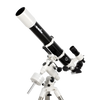 All
All
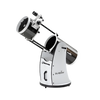 Dobson
Dobson
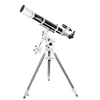 Refractors
Refractors
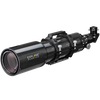 Ed & Apochromates
Ed & Apochromates
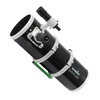 Newtonian reflector
Newtonian reflector
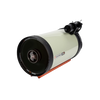 Schmidt Cassegrain
Schmidt Cassegrain
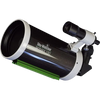 Maksutov-Cassegrain
Maksutov-Cassegrain
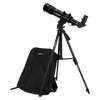 Solar
Solar
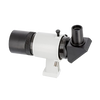 Researcher
Researcher
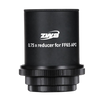 Focal reducer
Focal reducer
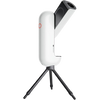 Intelligent
Intelligent
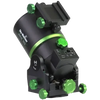 All
All
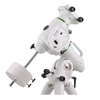 Equatorial
Equatorial
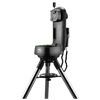 Alt/Az
Alt/Az
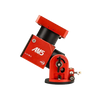 Harmonic
Harmonic
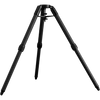 Tripods
Tripods
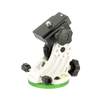 Accessories
Accessories
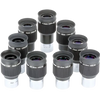 All
All
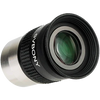 Wide angle
Wide angle
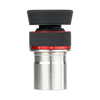 Zoom eyepieces
Zoom eyepieces
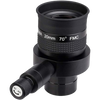 Reticulated eyepieces
Reticulated eyepieces
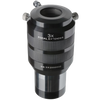 Barlow
Barlow
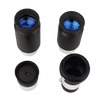 Plössl
Plössl
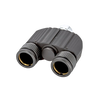 Binoculars
Binoculars
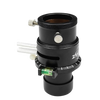 Atmospheric Corrector
Atmospheric Corrector
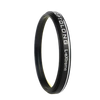 All
All
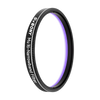 Visual
Visual
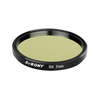 Photo
Photo
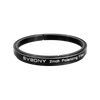 Polarisants
Polarisants
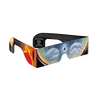 Solar Filters
Solar Filters
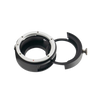 Accessories
Accessories
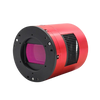 All
All
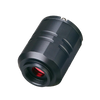 Color Cameras
Color Cameras
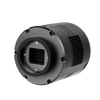 Monochrome Cameras
Monochrome Cameras
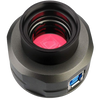 Planetary/Guiding
Planetary/Guiding
 Objectives
Objectives
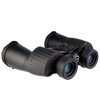 All
All
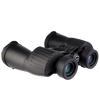 Binoculars
Binoculars
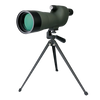 Spotting Scope and Monocular
Spotting Scope and Monocular
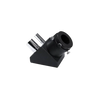 Elbows
Elbows
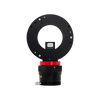 Optical Divider
Optical Divider
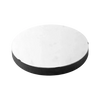 Mirrors
Mirrors
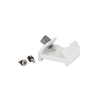 All
All
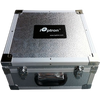 Bags and protections
Bags and protections
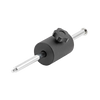 Supports and counterweights,
Supports and counterweights,
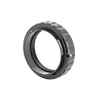 Camera adapters
Camera adapters
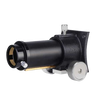 Focuser
Focuser
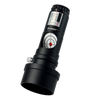 Collimation
Collimation
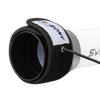 Heating band
Heating band
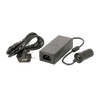 Cables
Cables
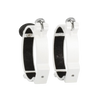 Collars
Collars
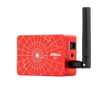 Computers
Computers
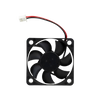 Fans
Fans
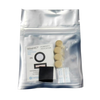 Others
Others
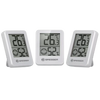 All
All
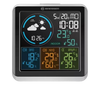 Weather Station
Weather Station
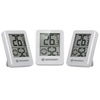 Thermometer
Thermometer
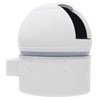 All
All
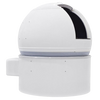 Observatory/Domes
Observatory/Domes
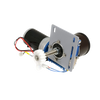 Accessories
Accessories
 Askar
Askar
 Baader
Baader
 Bresser
Bresser
 Celestron
Celestron
 Explore Scientific
Explore Scientific
 GSO
GSO
 Optolong
Optolong
 Touptek
Touptek
 Vixen
Vixen
 ZWO
ZWO